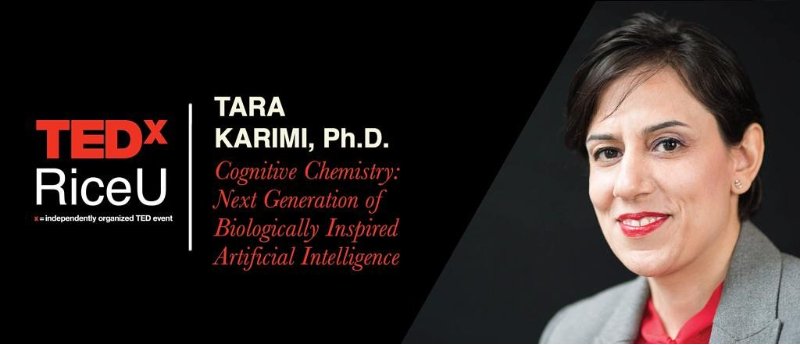Decades of scientific research into Alzheimer’s have failed to find a cure. Little is known about the degenerative brain disease—but this may be about to change.
As populations have aged, dementia has soared to become the fifth leading cause of death worldwide. Alzheimer’s disease, a form of dementia, accounts for most of these cases. Tens of billions of dollars have been spent on Alzheimer’s research over the past several decades but still, there is no cure.
All attempts to halt the progression of the disease have failed. Now many major drug companies have pulled out of research altogether. So why is Alzheimer’s disease still such a medical mystery?
One of the signs of Alzheimer’s in the brain is damage to connections and the loss of large numbers of neurons over time. It affects the hippocampus and its connected structures making it harder to form new memories or learn new information. As damage spreads through the brain the cortex becomes thinner and more memories are lost. Although emotional responses can often remain.
As the brain shrinks further it slowly alters personality and behavior and eventually the ability to live and function independently. For 35 years there has been scientific disagreement about the origins of the disease.
The main area of debate has focused on the abnormal build-up of clumps of a protein called amyloid plaques often found in the brains of those affected by Alzheimer’s. But all attempts to target this protein with drugs have failed.
A new study is now challenging the way science thinks about the disease. The study suggests that the bacterium Porphyromonas gingivalis, which is involved in gum disease, may contribute to Alzheimer’s. In studies on mice, the bacterium can cause brain inflammation, neural damage, and amyloid plaques. The researchers went on to show in mice this damage could be stopped using drugs that target the toxic enzymes.
There is more to this story though. The risk of Alzheimer’s is higher in those who have severe head injuries and also for those with an arterial disease known as atherosclerosis. This suggests there are many causes with one endpoint.
And scientists hope that finding an underlying cause that could tie these together will hold the key to better treatments in the future.
Source: The Economist




